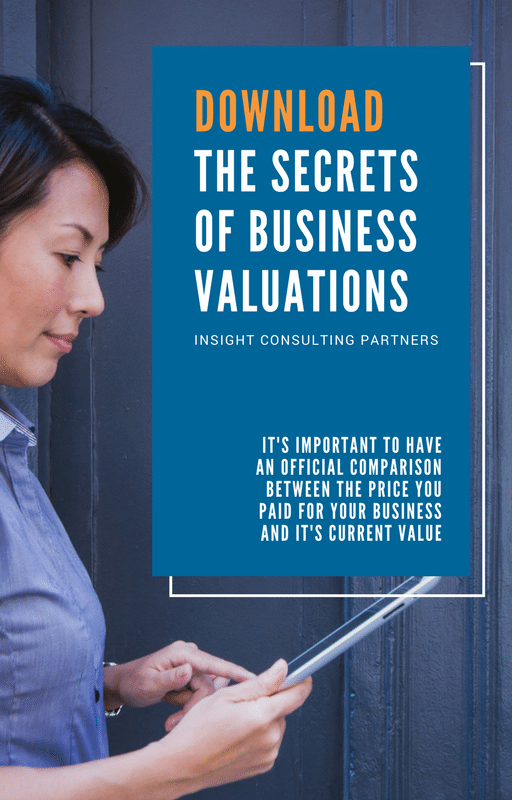Ever wondered how much your thriving business is worth? While there’s no one-size-fits-all answer, profit plays a crucial role in the valuation equation. This blog post delves into the world of “profit multiples” and how they influence the perceived value of your company.
Future Maintainable Earnings Method
Imagine a valuation method that looks beyond current profits and instead focuses on a company’s ability to generate consistent earnings in the future. That’s the essence of the Capitalisation of Future Maintainable Earnings (FME) methodology.
Here’s the core principle:
-
Estimating Future Maintainable Earnings (FME): This involves analyzing past financial performance, industry trends, and future growth prospects to predict a realistic level of sustainable profit the company can generate.
-
Capitalisation Rate: This rate reflects the inherent risk associated with the business, investor expectations, and the overall economic climate. It essentially represents the discount rate applied to the FME to arrive at a present value.
-
Valuation Through Formula: Multiplying the FME by the capitalisation rate yields the estimated value of your business.
Profit Multiples
While the FME method offers a comprehensive approach, a simpler alternative exists: profit multiples. This method uses historical transaction data to establish a range of multiples based on a specific profit metric, such as EBIT (Earnings Before Interest and Tax) or EBITDA (Earnings Before Interest, Taxes, Depreciation, and Amortization).
Here’s a breakdown of how profit multiples are applied:
-
The Impact of Industry and Risk: Profit multiples vary significantly across industries. A high-growth tech startup might command a multiple of 5 times EBIT, whereas a restaurant chain might be valued at a multiple of 2 times EBIT due to its inherent operational complexities.
-
Company Size Matters: Generally, smaller businesses (under $5 million in annual revenue) tend to sell for lower multiples (around 2-3 times EBIT). As a company’s size and profitability increase, so does the potential valuation multiple.
-
Beyond the Numbers: The Risk Factor: A higher profit multiple signifies a lower perceived risk by potential buyers. Conversely, a low multiple indicates a higher risk associated with the company’s ability to maintain its profit level.
When Are Profit Multiples Useful?
While convenient, profit multiples have their limitations. Here are some scenarios where they might be a good starting point:
-
Young Companies with Unstable Profits: For startups with limited financial history, using industry benchmarks based on profit multiples can offer a ballpark valuation estimate.
-
High-Growth Potential: For companies poised for explosive growth, such as those in the software-as-a-service (SaaS) sector, revenue multiples (based on future revenue projections) can be more relevant than profit multiples.
Approach for Accurate Valuation
Profit and profit multiples are undeniably important in business valuation. However, a truly accurate valuation considers a wider range of factors, including:
-
Company-Specific Factors: Management strength, unique intellectual property, and a loyal customer base all contribute to a company’s value.
-
Market Conditions: The overall economic climate and industry trends significantly influence valuation.
-
Transaction Comparables: Analyzing recent acquisitions of similar companies provides valuable insights into comparable valuations.
By combining these elements with a nuanced understanding of profit multiples, you can arrive at a more accurate picture of your company’s worth. Remember, a skilled business valuation professional can guide you through the process, ensuring you receive a fair and realistic valuation that reflects the full potential of your business.
Read our other blog: Business Valuation for Distressed Companies
Read more about valuing your business from business.gov.au

